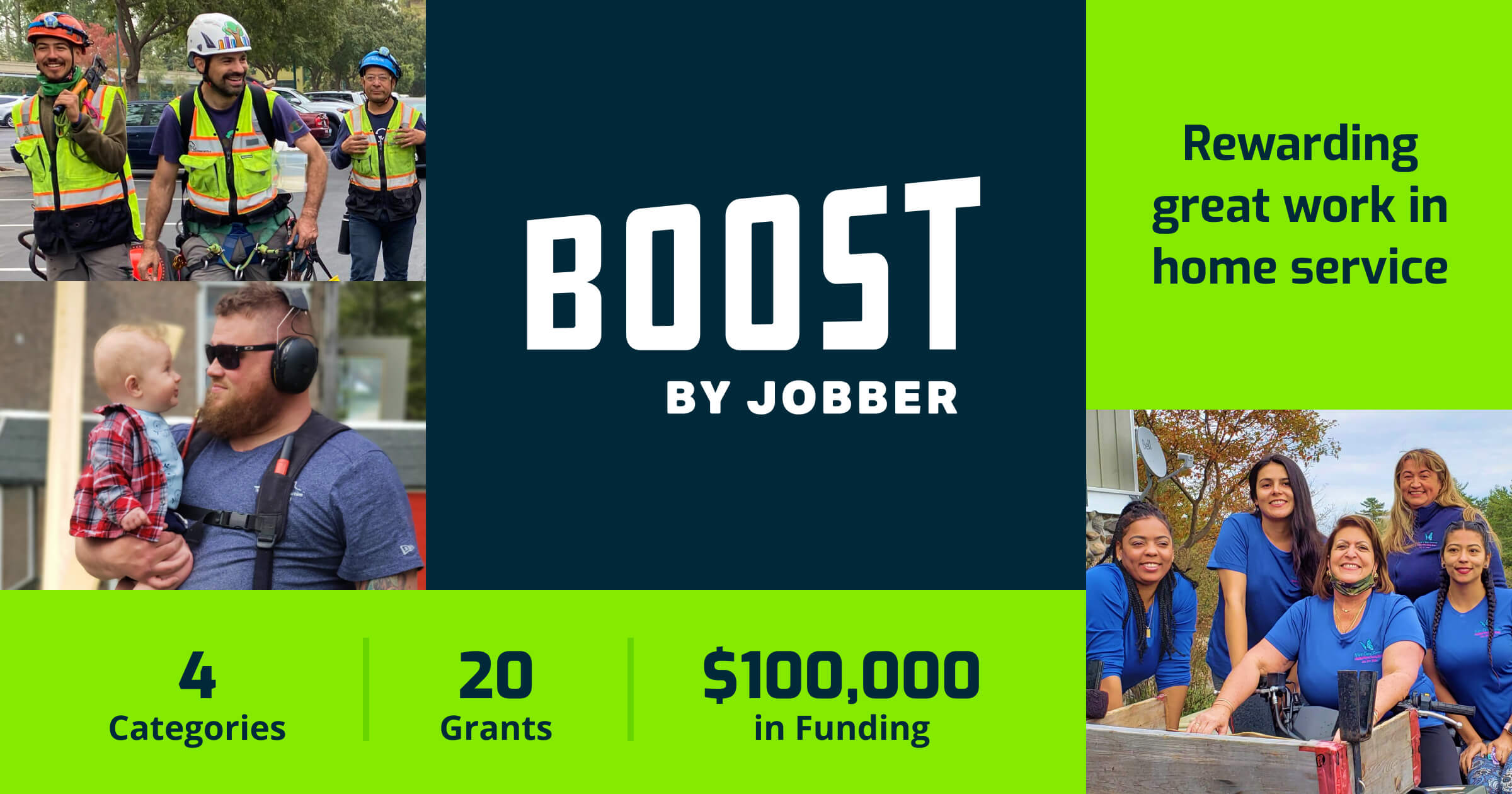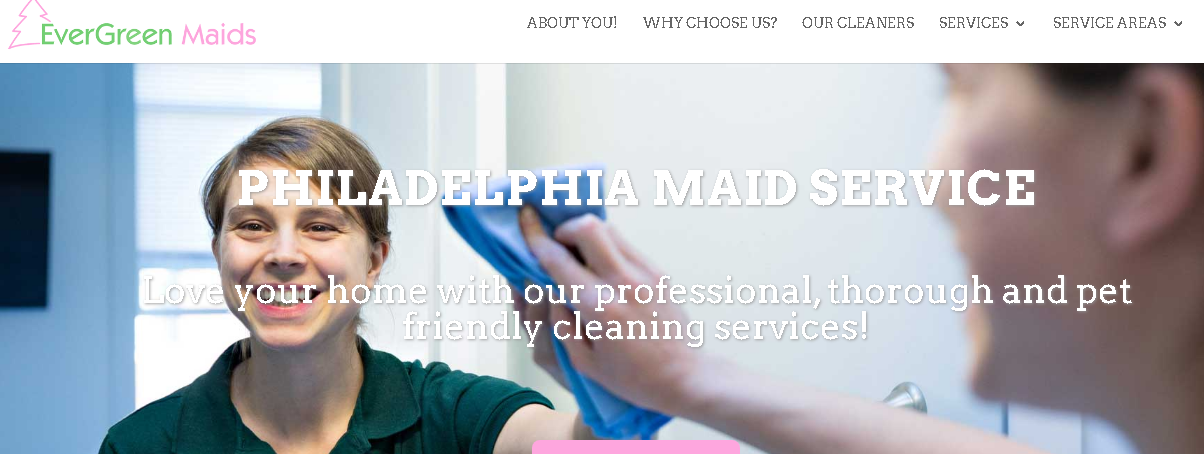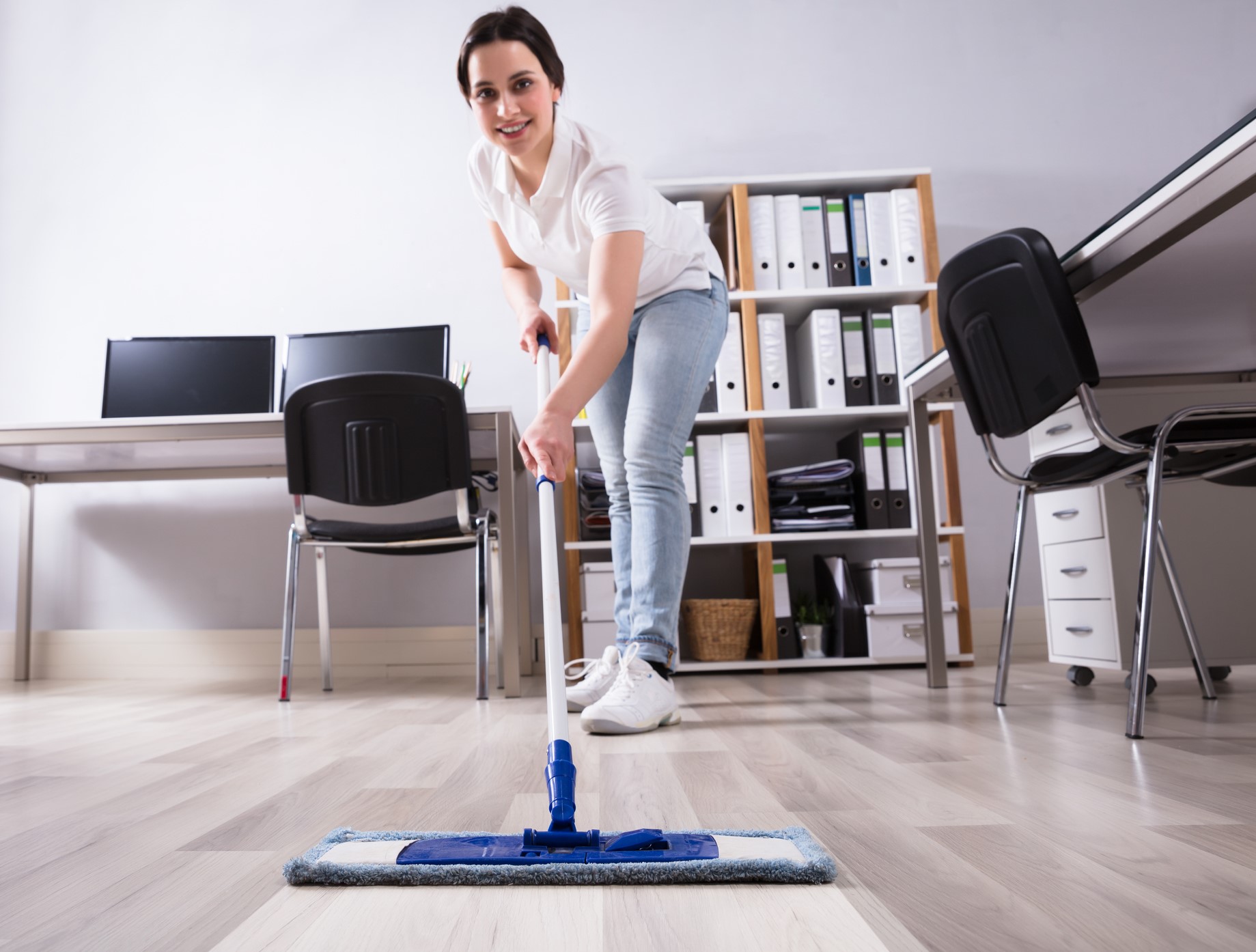How to write a cleaning procedure and train new technicians – all in one!
You’ve been cleaning by yourself and you think you have a pretty good procedure figured out. But now you have to get it down on paper and ready to pass on to your first employee. Where do you start? One of the biggest challenges will be the seemingly endless number of details that need to be documented when you are in the planning phase. Nothing could be farther from the truth; it will just take a bit of direction, patience, and persistence to document your well-honed plan.
There are two basic ways to tackle the task depending on whether you already have your first employee or not. We’ll outline them both today. Ideally you will begin to focus on developing your cleaning procedures long before you have the need to train new techs. If this is the case for you – BRAVO! Your task will be quite a bit easier! We’ll start here.
Pick one room to begin with. I recommend the bathroom because there are fewer distinctions between bathrooms – sink, mirror, toilet, tub/shower, and floor – there will be a version of these 5 items in almost every full bathroom that you clean with very few differences in the way of materials, etc.
You will need to describe your process for cleaning the areas named above in great detail, including the time expectation. Don’t guess on times, though; use an egg timer to find out how long it really takes. Additionally, describing the overall finished product, potential differences, and products used will all be necessary. A basic outline for cleaning bathrooms might look like this:
The finished standard bathroom will take 20 minutes and will have all soap scum, hard water deposits, and bacteria removed from hard surfaces including sinks, mirrors, …
1) Sinks
- Tools
- Chemicals
- Time goal
- Method
- Potential deviations
2) Mirrors
- Tools
- Chemicals
- Time goal
- Method
- Potential deviations
You will continue on with this same format until you have listed all areas of the bathroom. Move onto the next room documenting the information as you clean, paying particular attention to what is important to you in each area.
If you have already hired someone or need to hire someone before you have completed the process, it will be helpful to you and your new hire to go through this process together. One successful way to do this is to create an outline similar to the one above.
The first time you’re in the bathroom for training, as you clean and describe what you are doing, have your trainee pay attention while doing nothing more than asking questions. The second time you’re in the bathroom for training, the Trainee would take notes in the appropriate areas after watching and listening. The third time you’re in the bathroom training, have the Trainee cleaning while you refine the notes and correct performance. These notes can then easily be taken back to the office and turned into cleaning procedures that accurately meet your unique specifications.
Once you have all your rooms defined and detailed, you can then go back and add additional items such as pictures, descriptions etc., which will eventually turn into your complete training manual. Remember to take this task on in with direction, patience, and persistence, and you will have a complete set of cleaning procedures in less time than many people take just to plan on doing it!
Liz Trotter is founder of American Maid Cleaning as well as an entrepreneur and leadership trainer based in Olympia, Washington. She is also a former ARCSI board member, a partner in Cleaning Business Builders, creator of the HiPEP employee development system and a charter member of Cleaning For A Reason.






